Tell me more about Absinthe and get some Green Fairy suggestions
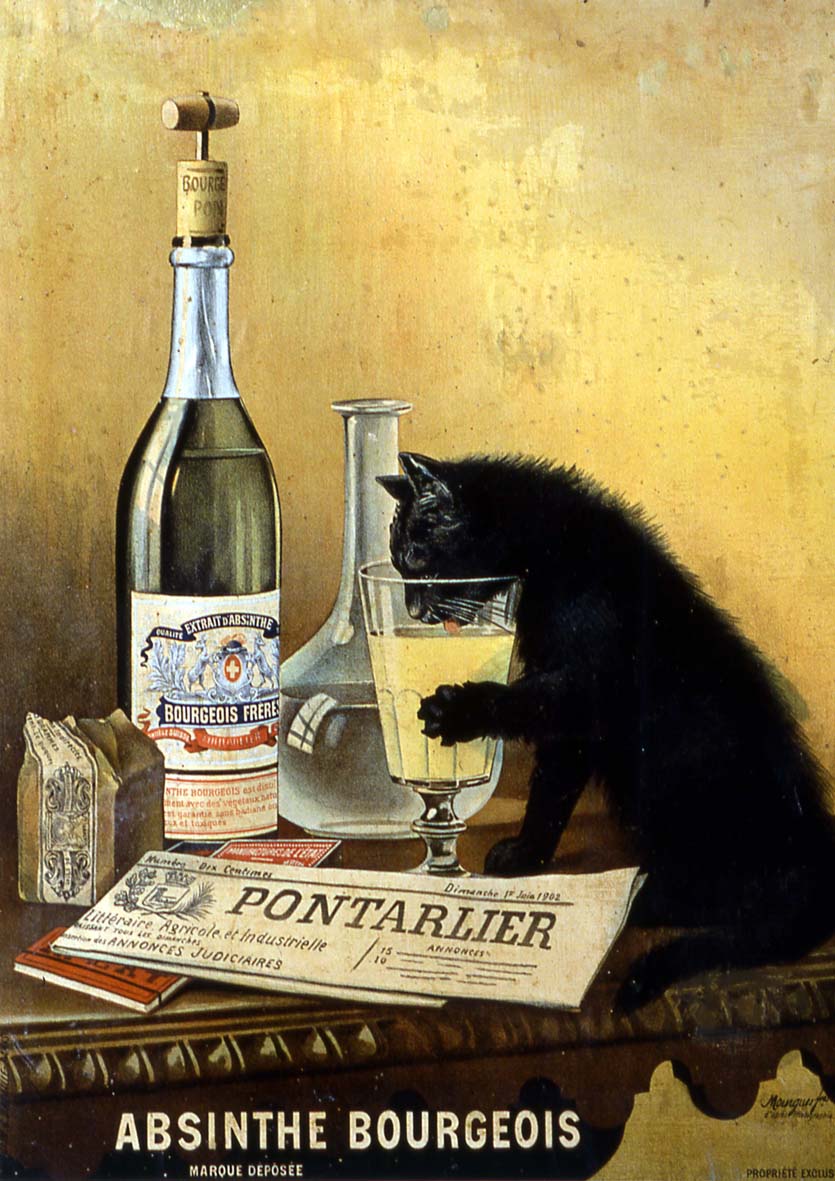
 Pursuing our last review about current Parisian bars specialized in Absinth, we focus here on some houses able to fulfill its sensations at home. It’s not a secret that the legendary Absinth spirit had its heyday in the 19th century. Lauded and elevated to the rank of “green muse” by the artistic world, which also resulted to be baptized the Green Fairy. Victim of its own success, its consumption quickly spread among popular social strata, giving rise to an informal daily meeting in bars and bistros, called “green hour” (photo credit: Larissa Cook).
Pursuing our last review about current Parisian bars specialized in Absinth, we focus here on some houses able to fulfill its sensations at home. It’s not a secret that the legendary Absinth spirit had its heyday in the 19th century. Lauded and elevated to the rank of “green muse” by the artistic world, which also resulted to be baptized the Green Fairy. Victim of its own success, its consumption quickly spread among popular social strata, giving rise to an informal daily meeting in bars and bistros, called “green hour” (photo credit: Larissa Cook).
Like many other European cities, Paris was the theater of all excesses, but also the cradle of a new marginal way of life, maintained by a community of artists which gave birth to a cultural current, called “Bohemian”. Described by its detractors and prohibitionist movements, Absinthe was condemned in many countries, including France in 1915. In reality, the lobby of several winegrowers, who were suffering from a terrible phylloxera crisis, wanted to eradicate the Green Fairy with many advertising campaigns, to tell its harmful. The distilleries had to wait until 1988, that the consumption of Absinthe became legal again in Europe, under the guise of controlling its level of thujone, the molecule at the origin of its controversy. In this article, we would learn about this history and enumerate a couple of alternative actual methods. By AP & AL
 As far as we know, a real Absinthe must contain these two essential ingredients, these are green anise and great absinth, then distilled and naturally colored by plants. Furthermore, this spirit is also highly recommend to be diluted with water, otherwise you may opt as well for the ceremonial of melting some sugar on a spoon, although consuming emanates from the Czech Absinthes, back in the 1990 years (photo credit: Elvelly Herbal Clinic).
As far as we know, a real Absinthe must contain these two essential ingredients, these are green anise and great absinth, then distilled and naturally colored by plants. Furthermore, this spirit is also highly recommend to be diluted with water, otherwise you may opt as well for the ceremonial of melting some sugar on a spoon, although consuming emanates from the Czech Absinthes, back in the 1990 years (photo credit: Elvelly Herbal Clinic). Indeed thujone is a molecule often found in Absinthe, and was supposed to drive people crazy. Since it was particularly appreciated for its digestive properties and its menthol aroma, unless it sometimes caused convulsive disorders and eventually feelings of disinhibition or even, in large doses, hallucinations.
Indeed thujone is a molecule often found in Absinthe, and was supposed to drive people crazy. Since it was particularly appreciated for its digestive properties and its menthol aroma, unless it sometimes caused convulsive disorders and eventually feelings of disinhibition or even, in large doses, hallucinations. Since the revival in 1988, a roundabout way of reintroducing Absinthe in France, under the way of “spirit drink with absinthe plants”, Absinthe is now considered as a strong alcoholic liquor obtained from a mixture of alcohol and distilled herbs or herbal extracts. By the way, the alcohol base can either be a beet or grape brandy. In France, quality Absinthes are even made from a wine brandy. Then, the basis would be completed by the legendary great absinthe and green anise botanicals, also most often added by three others aromatic herbs, such as hyssop, sweet fennel and Roman absinthe also called small absinthe. For your information, other herbs could complete this trio, counting on star anise, lemon balm, angelica root and also a wedding of spices such as juniper, coriander, speedwell and nutmeg (photo credit: Obsinthe).
Since the revival in 1988, a roundabout way of reintroducing Absinthe in France, under the way of “spirit drink with absinthe plants”, Absinthe is now considered as a strong alcoholic liquor obtained from a mixture of alcohol and distilled herbs or herbal extracts. By the way, the alcohol base can either be a beet or grape brandy. In France, quality Absinthes are even made from a wine brandy. Then, the basis would be completed by the legendary great absinthe and green anise botanicals, also most often added by three others aromatic herbs, such as hyssop, sweet fennel and Roman absinthe also called small absinthe. For your information, other herbs could complete this trio, counting on star anise, lemon balm, angelica root and also a wedding of spices such as juniper, coriander, speedwell and nutmeg (photo credit: Obsinthe). Furthermore, you have to know that there are different ways of producing Absinthe. From the traditional Absinthe, requiring a maceration step, completed by a distillation, passing by the modern Absinthe production style. In favor of the blending of alcohol, either including natural or synthetic absinthe flavors and color. Moreover since these types of Absinthes already existed before 1915 (photo credit: L’Instant T Chalon).
Furthermore, you have to know that there are different ways of producing Absinthe. From the traditional Absinthe, requiring a maceration step, completed by a distillation, passing by the modern Absinthe production style. In favor of the blending of alcohol, either including natural or synthetic absinthe flavors and color. Moreover since these types of Absinthes already existed before 1915 (photo credit: L’Instant T Chalon). After the filtration step, absinthe may be bottled, while its approximately 75% alcohol degree, being reduced with water (regarding white or blue Absinthe) or aged in casks.
After the filtration step, absinthe may be bottled, while its approximately 75% alcohol degree, being reduced with water (regarding white or blue Absinthe) or aged in casks. Indeed nowadays, a real distinction needs to be made between mixed Absinthes (modern ones, resulting from the mixture of the essence of absinthe with a neutral alcohol) and distilled Absinthes (traditional ones).
Indeed nowadays, a real distinction needs to be made between mixed Absinthes (modern ones, resulting from the mixture of the essence of absinthe with a neutral alcohol) and distilled Absinthes (traditional ones). We start our Absinthe tour with one of the most illustrious French houses. The Distillerie Guy was founded in 1890 by Armand Guy, then aged 20, when he arrived in Pontarlier, the capital of Absinthe. Much influenced by another huge branch player the Vichet distillery, then establishing its distillery just upon an underground source. Another sign of destiny, the proximity to a military camp, where the soldiers contributed to spread this Absinthe know-how, while bringing it through their worldwide operations.
We start our Absinthe tour with one of the most illustrious French houses. The Distillerie Guy was founded in 1890 by Armand Guy, then aged 20, when he arrived in Pontarlier, the capital of Absinthe. Much influenced by another huge branch player the Vichet distillery, then establishing its distillery just upon an underground source. Another sign of destiny, the proximity to a military camp, where the soldiers contributed to spread this Absinthe know-how, while bringing it through their worldwide operations.  Thus, once conceived in this distillery, thanks to a whole range of plants and fruits, notably found in their family grimoire. Indeed, the formulas used for these creations extend from arquebus, angelica natural extracts but their spirits also contain a full range counting more than 30 products, from Andaye, Chartreuse, Curaçao, until Antziq… For sure without forgetting their famous Absinthe and the traditional Haut-Doubs pine liquor, baptized Le Vert Sapin (photo credit: Mademoiselle Spiritueux).
Thus, once conceived in this distillery, thanks to a whole range of plants and fruits, notably found in their family grimoire. Indeed, the formulas used for these creations extend from arquebus, angelica natural extracts but their spirits also contain a full range counting more than 30 products, from Andaye, Chartreuse, Curaçao, until Antziq… For sure without forgetting their famous Absinthe and the traditional Haut-Doubs pine liquor, baptized Le Vert Sapin (photo credit: Mademoiselle Spiritueux). Therefore, this Pontarlier-Anis got many gold medals during its random presentations at the SIA (Paris agricultural show) and was then much popular through last decades, contributing to the rehabilitation of Absinthe in France. Indeed, thanks to the relentless work of François Guy from the first victory in 1988 and the first governmental decree, regulating the thujone use, until the further studies lead by the CEA laboratories (Commissariat à l’Énergie Atomique) of Saclay, which would have allowed to perfect the knowledge regarding this so controversial thujone molecule. Absinthes produced by the distillery are made in the purest tradition of the Armand Guy Establishments. Finally, the supporters of the Green Fairy had to patiently wait until 2001 to appreciate the unhoped comeback of this legal spirit including absinthe plant, before the unique Absinthe appellation, authorized, since 2011 in France.
Therefore, this Pontarlier-Anis got many gold medals during its random presentations at the SIA (Paris agricultural show) and was then much popular through last decades, contributing to the rehabilitation of Absinthe in France. Indeed, thanks to the relentless work of François Guy from the first victory in 1988 and the first governmental decree, regulating the thujone use, until the further studies lead by the CEA laboratories (Commissariat à l’Énergie Atomique) of Saclay, which would have allowed to perfect the knowledge regarding this so controversial thujone molecule. Absinthes produced by the distillery are made in the purest tradition of the Armand Guy Establishments. Finally, the supporters of the Green Fairy had to patiently wait until 2001 to appreciate the unhoped comeback of this legal spirit including absinthe plant, before the unique Absinthe appellation, authorized, since 2011 in France.
 At the time of writing, the family has managed to keep their Armand Guy Distillery for four generations from father to son, lately glad to resuscitate their ancestors’ Absinthe in order to make its contemporaries discover, their finest aromas and its infinite flavors. It was a good reason to award this company with the EPV label (Entreprise du Patrimoine Vivant) in 2007, a label highlighting the excellence of a certain French know-how, with the use of ancestral techniques and tools, kept for over 100 years in a same family (photo credit: Distillerie Guy).
At the time of writing, the family has managed to keep their Armand Guy Distillery for four generations from father to son, lately glad to resuscitate their ancestors’ Absinthe in order to make its contemporaries discover, their finest aromas and its infinite flavors. It was a good reason to award this company with the EPV label (Entreprise du Patrimoine Vivant) in 2007, a label highlighting the excellence of a certain French know-how, with the use of ancestral techniques and tools, kept for over 100 years in a same family (photo credit: Distillerie Guy). Adding to the classic Absinthe Guy, softly captioned at 45° level, an other limited edition (usually with a stronger level, around 56°) is unveiled each year in October, the Distillerie Guy produces a specific Absinthe which takes part in the Absinthiades competition, in collaboration with the Friends of the Pontarlier Museum, situated in one of the oldest residences in Pontarlier (15th century). The building has conserved a beautiful set of Art Nouveau style stained glass windows and beams decorated with painted historic patterns, mainly dating from the 17th century (photo credit: Bar Libertine).
Adding to the classic Absinthe Guy, softly captioned at 45° level, an other limited edition (usually with a stronger level, around 56°) is unveiled each year in October, the Distillerie Guy produces a specific Absinthe which takes part in the Absinthiades competition, in collaboration with the Friends of the Pontarlier Museum, situated in one of the oldest residences in Pontarlier (15th century). The building has conserved a beautiful set of Art Nouveau style stained glass windows and beams decorated with painted historic patterns, mainly dating from the 17th century (photo credit: Bar Libertine).
The Pontarlier Museum presents, on three levels, different collections linked to the history of Pontarlier and obviously of Absinthe, archaeological collections (from the Prehistory until the Middle Ages), along some local Comtois paintings and earthenware.
For instance, La Pontissalienne was issued in 2011 for the 11th edition, the name of this Absinthe especially refers to the inhabitants of Pontarlier, called the Pontissaliennes and Pontissaliens. With a level of 56°, this elixir recalls the main assets of an Absinthe with a powerful taste, developing the same aromas as the plant, reaching the perfect balance between the fresh green anise and the soft Pontarlier Absinthe.
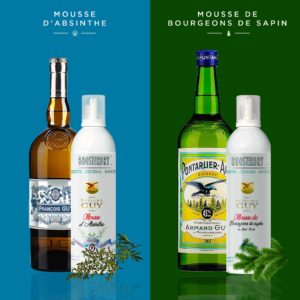 Last but not least, the liqueurs of Absinthe Guy and Vert Sapin both lately embodied on a new consumption shape, through a revolutionary Boosterdry patented concept materialized by a light mousse, fulfilled with some Haut-Doubs local Fir bud liqueur (photo credits: Boosterdry).
Last but not least, the liqueurs of Absinthe Guy and Vert Sapin both lately embodied on a new consumption shape, through a revolutionary Boosterdry patented concept materialized by a light mousse, fulfilled with some Haut-Doubs local Fir bud liqueur (photo credits: Boosterdry).
Distinguishable with its stunning air of whipped Chantilly cream but without nor dairy products or gluten, this Absinthe Mousse is ideal for completing original digestives, in an innovative bringing something new to your shooters and cocktails, or even to give free rein to your culinary creativity. This 2017 winner of the Yum contest, can be kept cool, but be careful not to leave the bottle in contact with a cold wall (this detail may unfortunately freeze the product). This fresh form also sounds like the alimentary nitrogen, often found in cocktail parties.
We recommend to properly tilt the bottle 180° during service so as not to lose the propellant, either suggested to adorn some random shooter, adding the quantity of 1 to 2 cl of the alcohol of your choice, or for any final cocktail serving, as a cap on an Absinthe, a Pontarlier-Anis, or even a mojito, accompanied with a semi-candied cherry or raspberry… For sure, you would find your more suitable way to use this device, that you wouldn’t be able to cook without it!
Other, you could use this Absinthe mousse in your daily cuisine, notably as a foam effect in front of his guests, adding a decorative and tasty touch of Absinthe on your favorite desserts. This could be a real unexpected coulis on ice creams and sorbets, as a famous Trou Normand, a chocolate pastry (cake, éclair), and eventually on a savory toast!
Stay tuned the Distillerie Guy is also part of the Route de l’Absinthe project, a Franco-Swiss road aimed at promoting this mythical drink, deep inside its native cradle of production, spreading from Pontarlier to Val-de-Travers. More information on their official website, where you could explore the wide range of the Distillerie Guy and the closest stores to find their products.
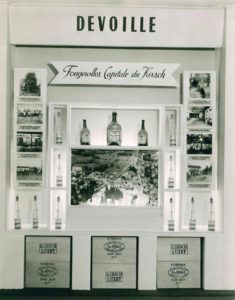 In the same Franche-Comté area, and more precisely in Fougerolles, where the surrounding distilleries were created from the second half of the 19th century. At the beginning of the 20th century, the distilleries were so prosperous that there were until approximately 50 in the commune of Fougerolles, in the 1900s, before the unfortunate Absinthe prohibition…
In the same Franche-Comté area, and more precisely in Fougerolles, where the surrounding distilleries were created from the second half of the 19th century. At the beginning of the 20th century, the distilleries were so prosperous that there were until approximately 50 in the commune of Fougerolles, in the 1900s, before the unfortunate Absinthe prohibition…
The Paul Devoille Distillery was founded in 1859 by Xavier Devoille. Already famous for their Kirsch (a spirit full of cherries), it’s not a secret that this family affair was very happy that back in 1998, the legendary Absinthe (or rather a spirit made of absinthe plants) was again authorized in Europe, but submitted to draconian rules. Until 2002, when the last legal obstacles were overcome and their authentic Libertine Absinthe may have finally been reborn.
Loyal to an ancestral recipe, dating from the beginning of the last century, but preciously preserved at the Musée des Eaux de Vie, situated in Lapoutriche, the Libertine is an authentic spirit, mainly made from plants and seeds. For your information, this recipe was found by René de Miscault on a handwritten yellowed paper, since this parchment may date back from June 1894. Therefore, the essential was already visible, thanks to endless flavored insights, providing the traditional taste that nowadays everyone knows, in terms of ingredients to use: such as anise, absinthe, among many other secret natural assets (photo credit: Distillerie Paul Devoille).
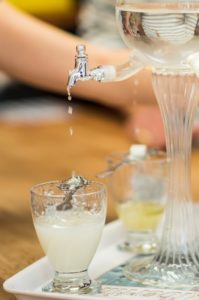 Although, the interpretation of the related quantities was more problematic. In fact, these were expressed within some measurement units, specific to that time, the grass basket, the tankard, the liter… That’s why, numerous tests have been necessary in order to match with the perfect contemporary maceration and distillation methods, while following the principles of basis of this secret recipe. On top of that, the Paul Devoille Distillery has been recently enriched with the arrival of two brand new column stills (one of 1500 liter and another of 500 liter), both adorned with a magnificent capital. These masterpieces, coming from the famous Holstein House, an homolog family business, located in Germany, near the bucolic Lake Constance, are all copper hammered. Moreover, they are equipped with a bain-marie steam and have multiple other devices, in order to guarantee an exceptional quality of eaux-de-vie to come!
Although, the interpretation of the related quantities was more problematic. In fact, these were expressed within some measurement units, specific to that time, the grass basket, the tankard, the liter… That’s why, numerous tests have been necessary in order to match with the perfect contemporary maceration and distillation methods, while following the principles of basis of this secret recipe. On top of that, the Paul Devoille Distillery has been recently enriched with the arrival of two brand new column stills (one of 1500 liter and another of 500 liter), both adorned with a magnificent capital. These masterpieces, coming from the famous Holstein House, an homolog family business, located in Germany, near the bucolic Lake Constance, are all copper hammered. Moreover, they are equipped with a bain-marie steam and have multiple other devices, in order to guarantee an exceptional quality of eaux-de-vie to come!
Indeed, the Paul Devoille Distillery tends to macerate each plant separately. Then, at the end of the maceration, each plant is again distilled individually. Starting with these distinct single treatments, an authentic blending of these distillates operate with the goal to obtain a more achieved juice, before undergoing a second and last maceration. This time married with plants, in order to offer to this Absinthe its popular green color.
The result is a range of different characters of homemade Absinthes, whose Libertine label is directly taken from a painting, of course representing an Absinthe drinking scene in a bistro. An artwork, especially ordered from a young artist, from the Vosges. Moreover, their bottles can be sometimes accompanied with a sugar spoon, in their package!
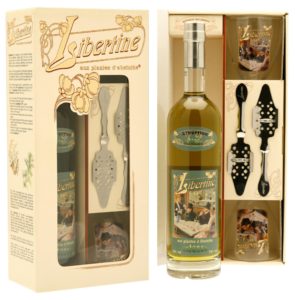
 The original Libertine (with an accessible level of 55°) combines all the power of absinthe (Artemisia Pontica) and star anise, with the freshness of fennel. The result is a soft, round and very little aniseed Absinthe, with a very slight bitter note from this unmissable wormwood plant. Melt with water, its dress switches into a cute and cloudy yellowish robe.
The original Libertine (with an accessible level of 55°) combines all the power of absinthe (Artemisia Pontica) and star anise, with the freshness of fennel. The result is a soft, round and very little aniseed Absinthe, with a very slight bitter note from this unmissable wormwood plant. Melt with water, its dress switches into a cute and cloudy yellowish robe.
Then, as its name suggests its intensity, the 72° labelled Libertine Intense offers a very rich palate, spiced with a couple of marked herbal notes. Still little aniseed, this edition perfectly evolves again, diluted with the ancestral ceremonial of water and sugar. Therefore, it leaves a slight bitterness arising, as well in a mysterious cloudy yellowish appearance.
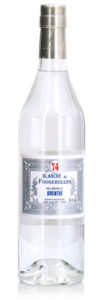
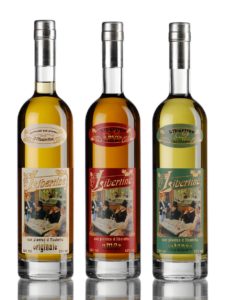 Why not trying the Libertine Amer? Its 68° strength is balanced with a delicious bitterness, directly coming from a greater concentration of wormwood plant, softly completed with fennel and green anise. In summary, a very aromatic ensemble, dressed in an elegant green color, maintaining this real bitter sensation even in the final touch. Melt with water, it turns into a very opaque cloudiness, to appreciate either alone or with your good friends!
Why not trying the Libertine Amer? Its 68° strength is balanced with a delicious bitterness, directly coming from a greater concentration of wormwood plant, softly completed with fennel and green anise. In summary, a very aromatic ensemble, dressed in an elegant green color, maintaining this real bitter sensation even in the final touch. Melt with water, it turns into a very opaque cloudiness, to appreciate either alone or with your good friends!
The last but not least, the unique Blanche de Fougerolles is the result of a traditional Swiss recipe. It is obtained by the double distillation of 11 different plants, previously macerated in a delicate wine eau-de-vie, composed of grand and small wormwood, green anise, fennel, hyssop, speedwell, chamomile, genepi, coriander and angelica. Once again, following the homemade method, this elixir has been made from a blend of individually distilled plants.
The result is a singular worth version of Absinthe, still with a high alcohol content of 74°, but also accessible to drink. On the palate, the bouquet of plants may be considered as floral, fresh, spicy, enhanced through its alpine notes of genepi, mixed with spicy notes of coriander and floral notes of chamomile.
More information on the official website, where you may explore their wide selection, in the online store.
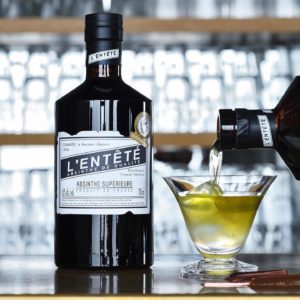 This time, we switch from region and travel to the Loire Valley with the Distillerie Combier and here their stronger Absinthe, called L’Entêté (means “stubborn” in French). We already discovered their brilliant spirit activity in our previous topic, about French Gin and their wonderful rose flavored Meridor Gin. Still keeping a focus, as much as possible, on local raw material thanks to their ideal location in the so-called Jardin de la France, and a certain nostalgia regarding tradition, leading to vintage accents in their brand identity, this West French located Absinthe boarded in 2010 (photo credit: Distillerie Combier).
This time, we switch from region and travel to the Loire Valley with the Distillerie Combier and here their stronger Absinthe, called L’Entêté (means “stubborn” in French). We already discovered their brilliant spirit activity in our previous topic, about French Gin and their wonderful rose flavored Meridor Gin. Still keeping a focus, as much as possible, on local raw material thanks to their ideal location in the so-called Jardin de la France, and a certain nostalgia regarding tradition, leading to vintage accents in their brand identity, this West French located Absinthe boarded in 2010 (photo credit: Distillerie Combier).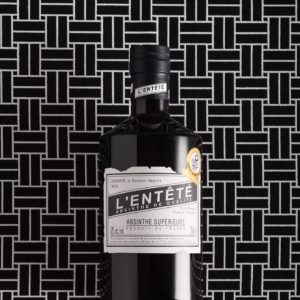 For your information, in this black bottle adorned with some kind of ancient sticker, recalling the design of flasks from yesteryear, we count no less than a total of nine ingredients. Thus, this unique composition offers to its enthusiasts its pretty taste, made from almost green colored almond, of course its cooling fennel back in the game and some emblematic anise, also identifiable at the scented expression. Once your nose has been stimulated, it would logically be followed by the action of your palate, which would undoubtedly appreciate the balanced touch between the sweetness of fennel straight from Provence, and the flowery power of their organic great wormwood plant, married with some small absinthe from Italy, lemon balm, hyssop and peppermint. The whole, underlined by a very slight bitterness ending on this sunny green anise from Spain, we may consider that L’Entêté is astonishing in complexity and will amaze many of you with its perfumed strength.
For your information, in this black bottle adorned with some kind of ancient sticker, recalling the design of flasks from yesteryear, we count no less than a total of nine ingredients. Thus, this unique composition offers to its enthusiasts its pretty taste, made from almost green colored almond, of course its cooling fennel back in the game and some emblematic anise, also identifiable at the scented expression. Once your nose has been stimulated, it would logically be followed by the action of your palate, which would undoubtedly appreciate the balanced touch between the sweetness of fennel straight from Provence, and the flowery power of their organic great wormwood plant, married with some small absinthe from Italy, lemon balm, hyssop and peppermint. The whole, underlined by a very slight bitterness ending on this sunny green anise from Spain, we may consider that L’Entêté is astonishing in complexity and will amaze many of you with its perfumed strength. Then, we switch into the South of France, with the creations from the Distilleries de Provence. In a montainous territory, situated in the sunny Alpes de Haute-Provence, you could then explore their own fields of wormwood (Artemisia Absinthium), spread into the village of Lardiers. In this village, you could also enjoy their wide range of spirits, during a gourmet aperitif near the mythical Grande Fontaine. This ancestral structure focuses on the powerful taste of the absinthe plants, adorning with a garland of green anise, armo, mint and spices. This tasty ensemble offers to this elixir , rich of many varieties of absinthes, even one without thuyone has even been selected.
Then, we switch into the South of France, with the creations from the Distilleries de Provence. In a montainous territory, situated in the sunny Alpes de Haute-Provence, you could then explore their own fields of wormwood (Artemisia Absinthium), spread into the village of Lardiers. In this village, you could also enjoy their wide range of spirits, during a gourmet aperitif near the mythical Grande Fontaine. This ancestral structure focuses on the powerful taste of the absinthe plants, adorning with a garland of green anise, armo, mint and spices. This tasty ensemble offers to this elixir , rich of many varieties of absinthes, even one without thuyone has even been selected. Their Absente is thus intimately baptized “Lady of Absinthes”, thanks to the huge efforts operated by Hélène Rogeon, this rare female oenologist of the distilleries and areas of Provence, you would get the chance to admire this herbal blend. In this way, she admits that “the Absente is a real science of assembly between absinthe, armo, green anise, holega and spices. We also express the maceration technique of these different plants that allows to obtain a liquor with a lot of relief, but very balanced, and an intense freshness that we claim as our main brand item.”
Their Absente is thus intimately baptized “Lady of Absinthes”, thanks to the huge efforts operated by Hélène Rogeon, this rare female oenologist of the distilleries and areas of Provence, you would get the chance to admire this herbal blend. In this way, she admits that “the Absente is a real science of assembly between absinthe, armo, green anise, holega and spices. We also express the maceration technique of these different plants that allows to obtain a liquor with a lot of relief, but very balanced, and an intense freshness that we claim as our main brand item.” That’s why this Absente nectar pays a genuine tribute to the Dutch painter Vincent Van Gogh, wearing one of his paintings as a sticker. A muse for this bottle reflecting the rebel attitude for this unique Absinthe, which always tended to maintain this sulfurous reputation while inventing new proper codes.
That’s why this Absente nectar pays a genuine tribute to the Dutch painter Vincent Van Gogh, wearing one of his paintings as a sticker. A muse for this bottle reflecting the rebel attitude for this unique Absinthe, which always tended to maintain this sulfurous reputation while inventing new proper codes. 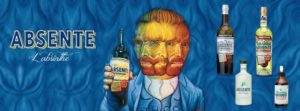

 If you’re curious to learn more about the alternative choices proposed by the Distilleries de Provence, three shades of this Absente are available in order to vary the pleasures. In summary, we find:
If you’re curious to learn more about the alternative choices proposed by the Distilleries de Provence, three shades of this Absente are available in order to vary the pleasures. In summary, we find:
 – The next Extrême Absinthe, estimated at 70°, is an extract and a perfect initiation to learn from the strongest part of the Absinthe universe. This bottle needs to be served with its dropper, since this “crazy elixir” is like a taste exhauster. Some drops in a glass of fresh water, on a lemon or thyme sorbet, on a citrus salad, and in a glass of beer, would make the difference.
– The next Extrême Absinthe, estimated at 70°, is an extract and a perfect initiation to learn from the strongest part of the Absinthe universe. This bottle needs to be served with its dropper, since this “crazy elixir” is like a taste exhauster. Some drops in a glass of fresh water, on a lemon or thyme sorbet, on a citrus salad, and in a glass of beer, would make the difference. 

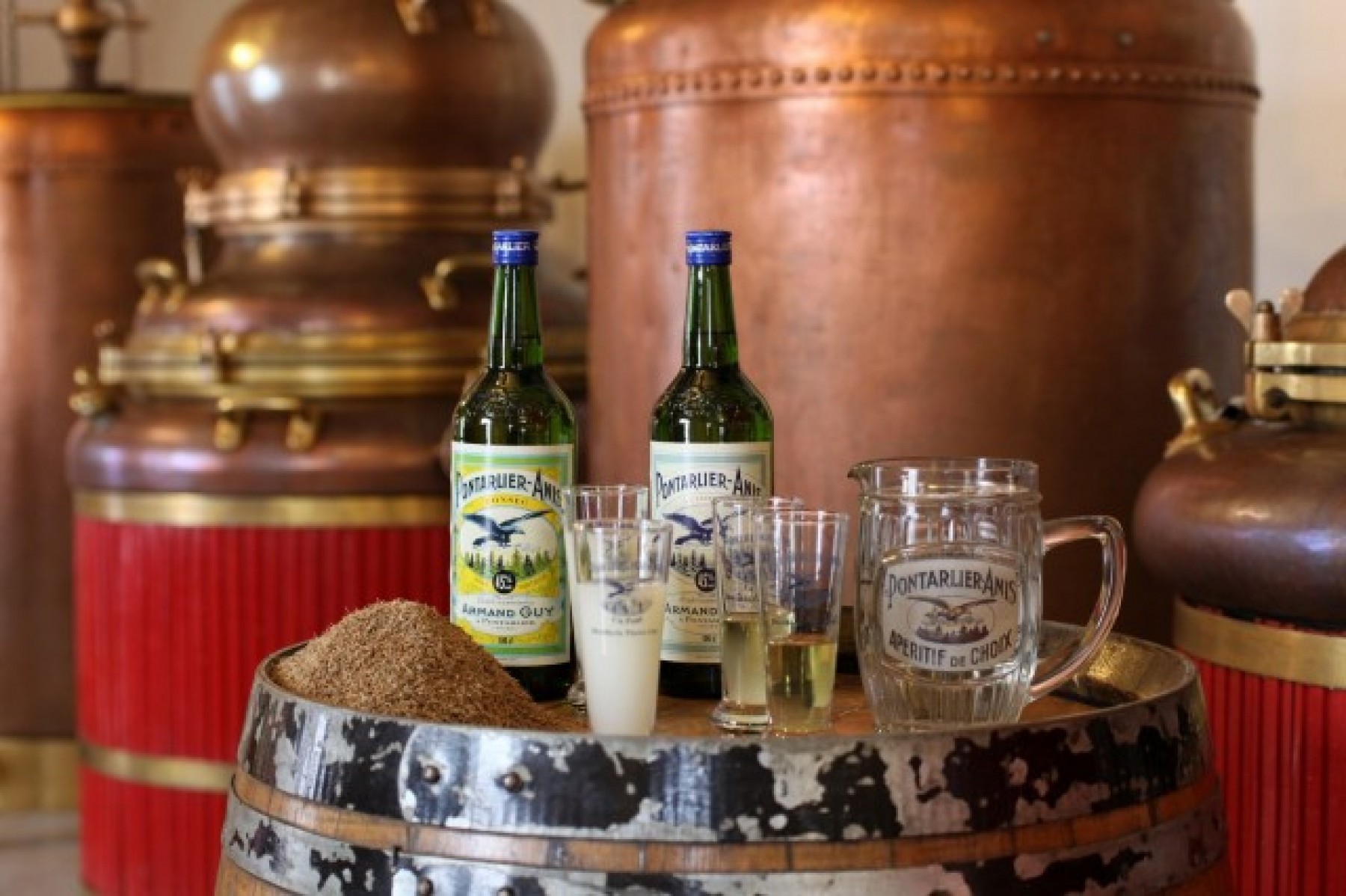
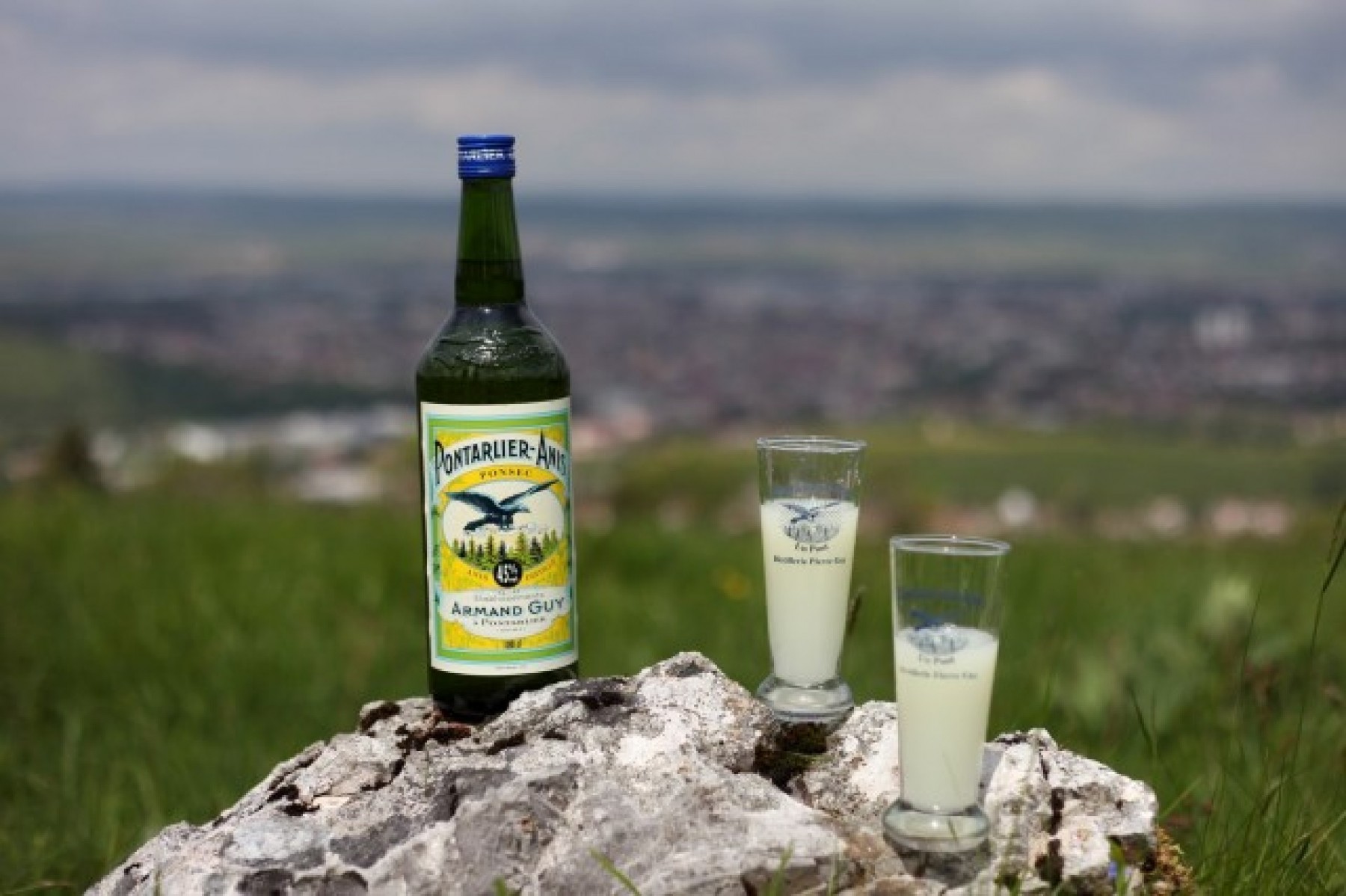
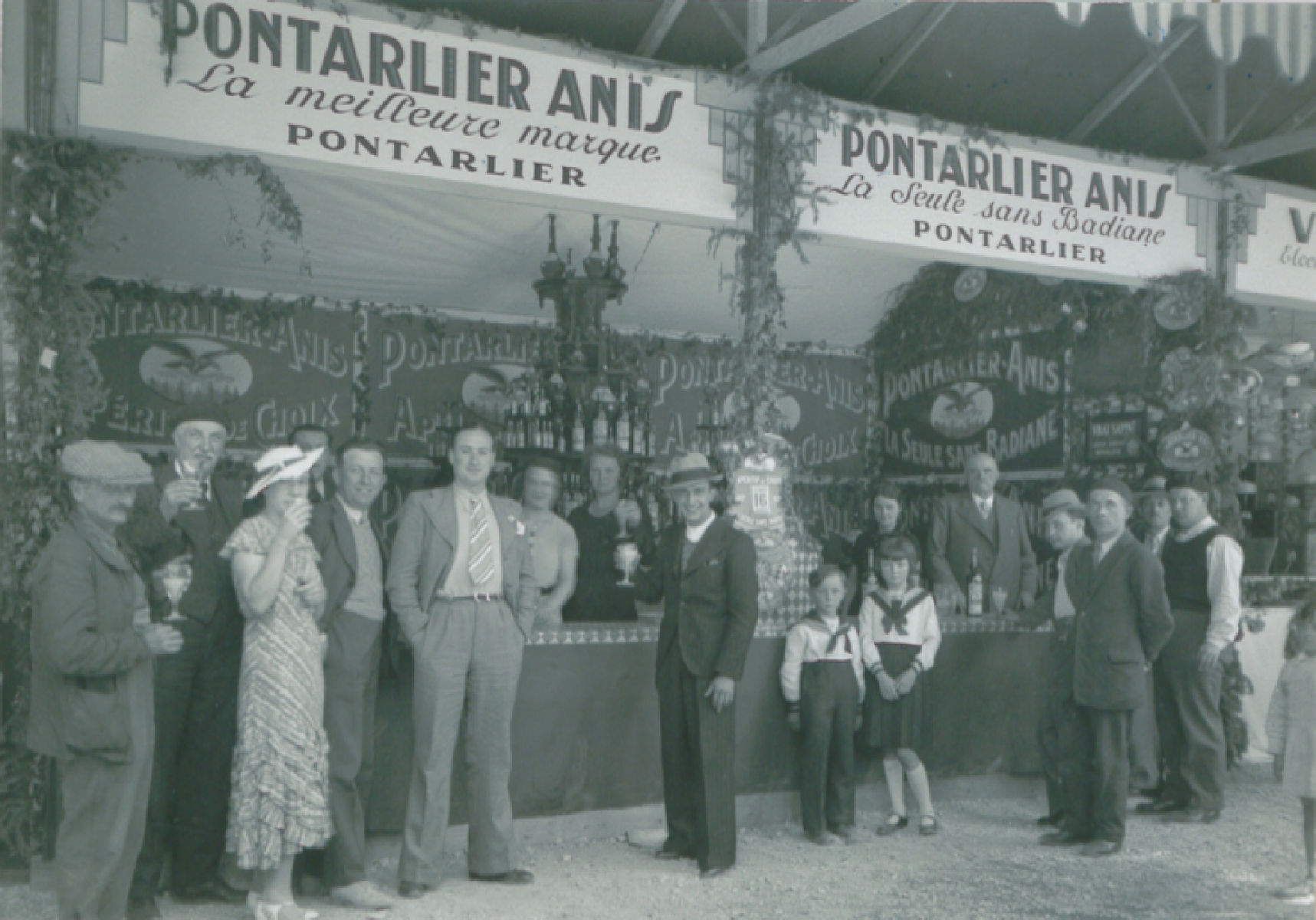
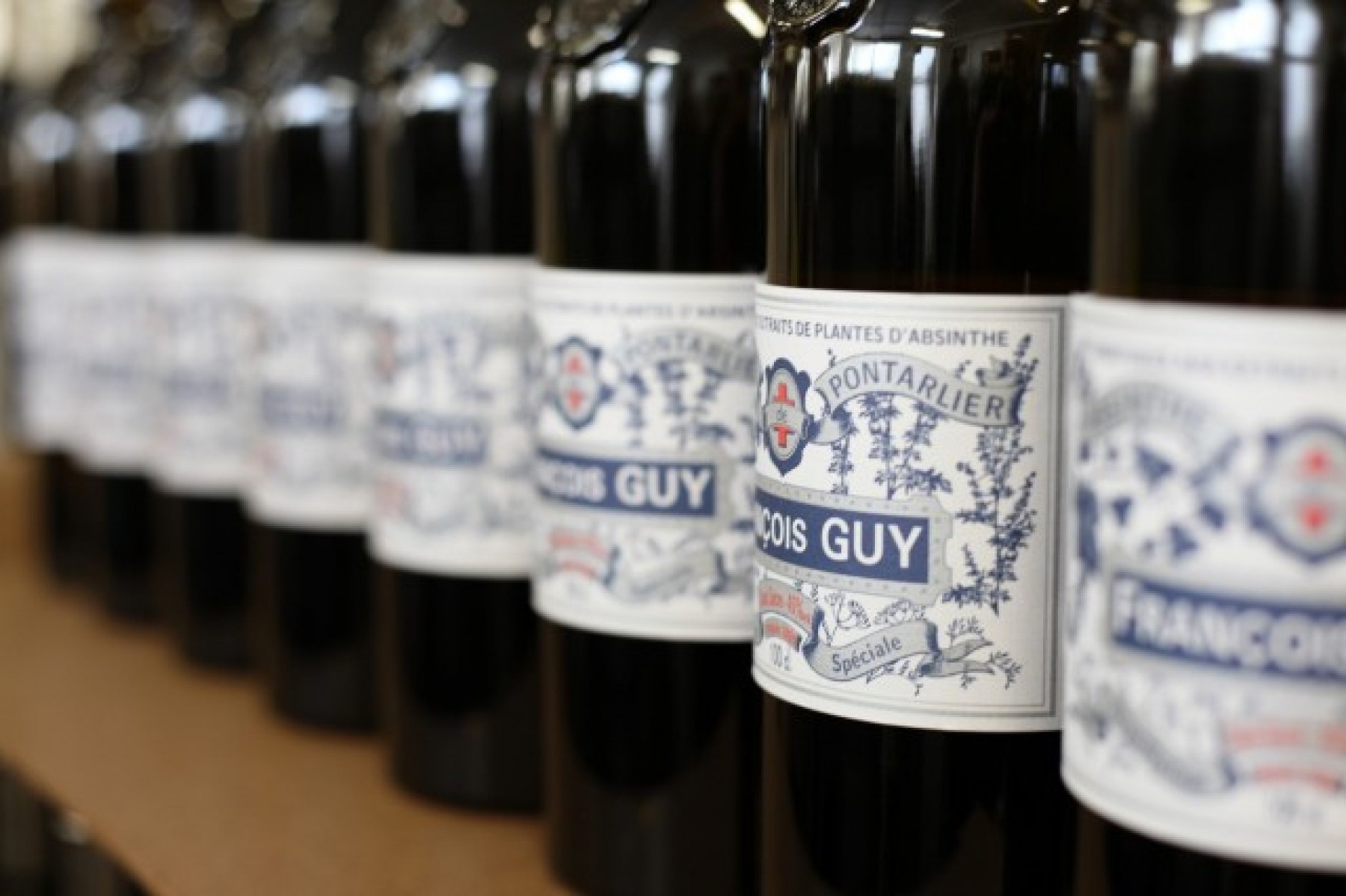
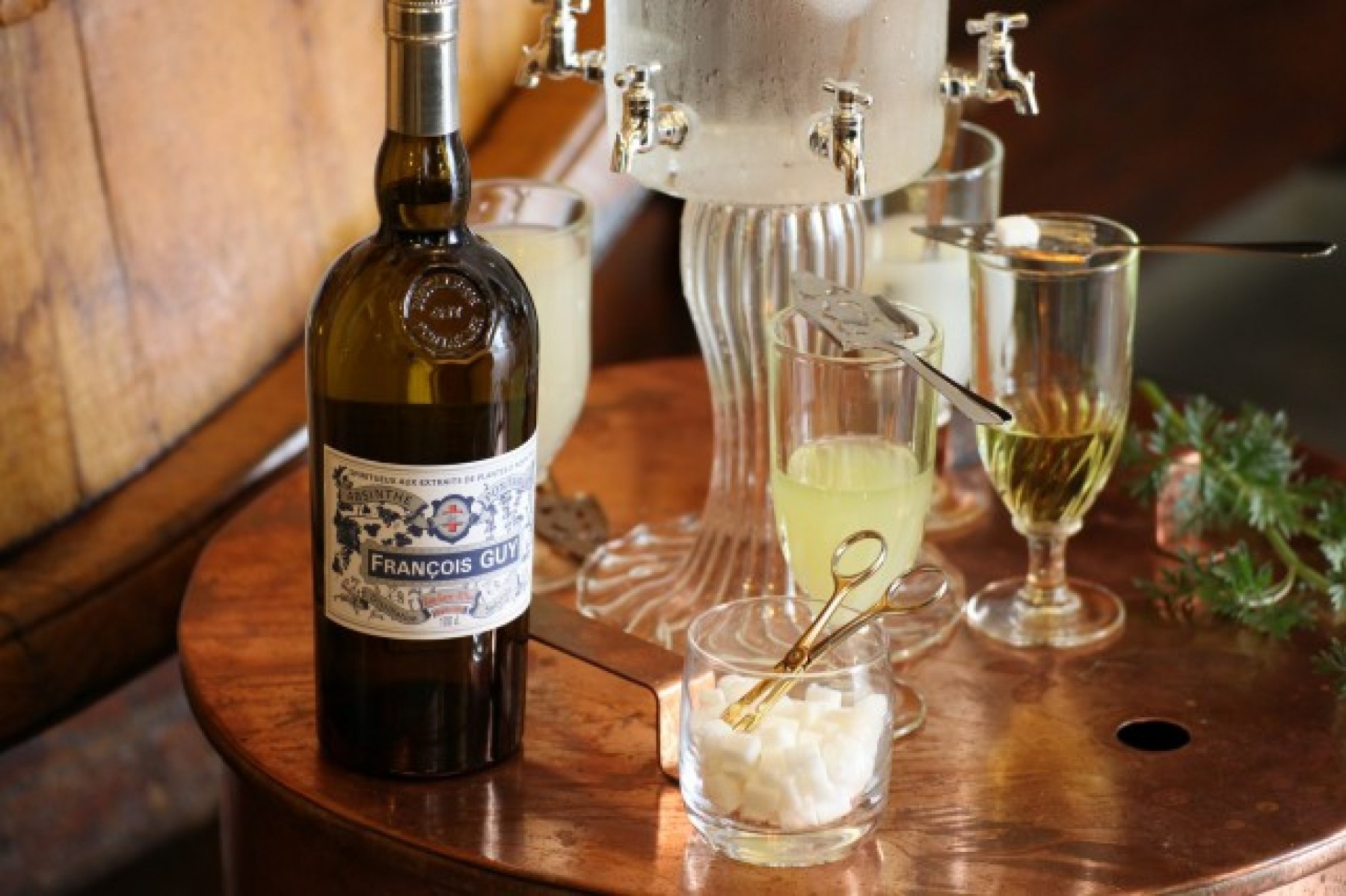
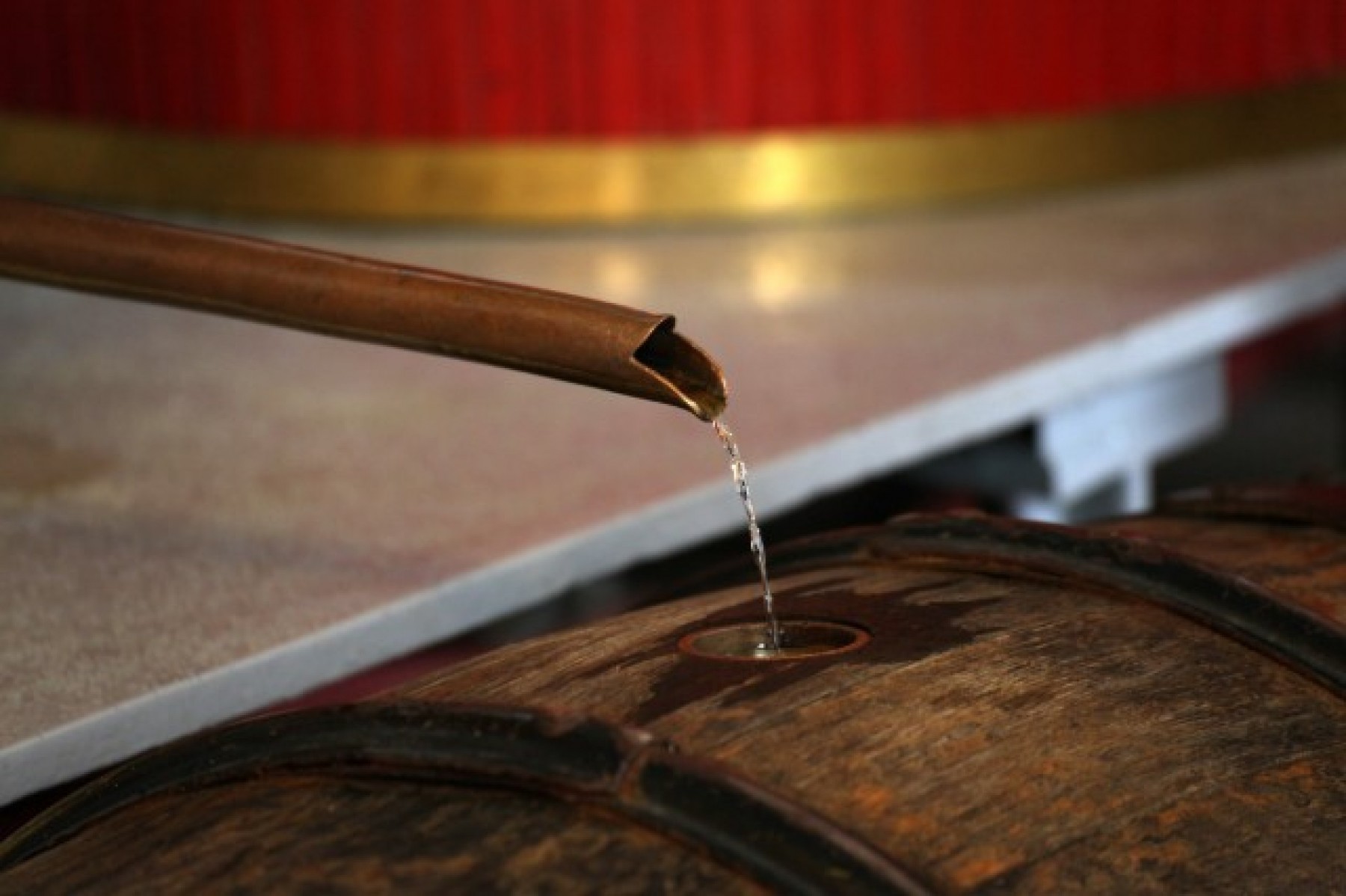
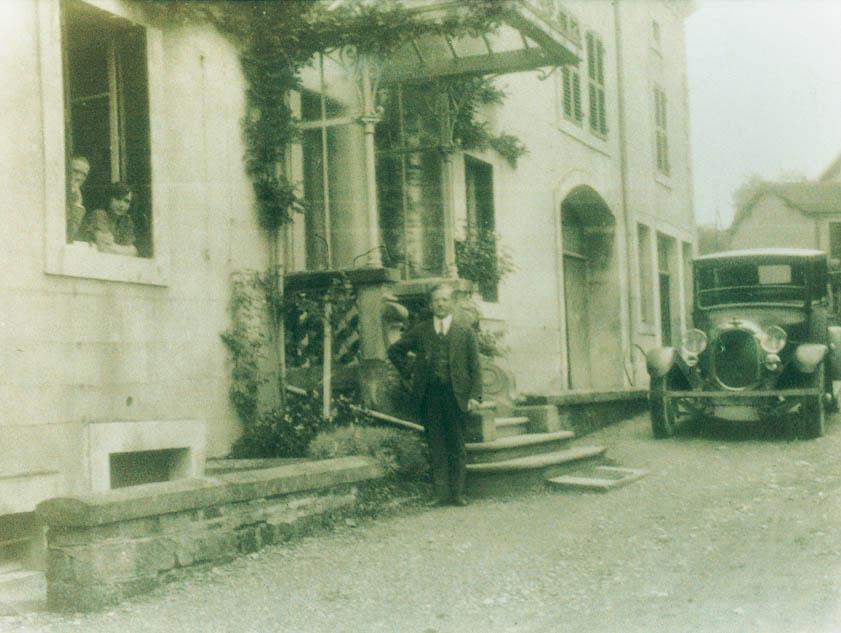


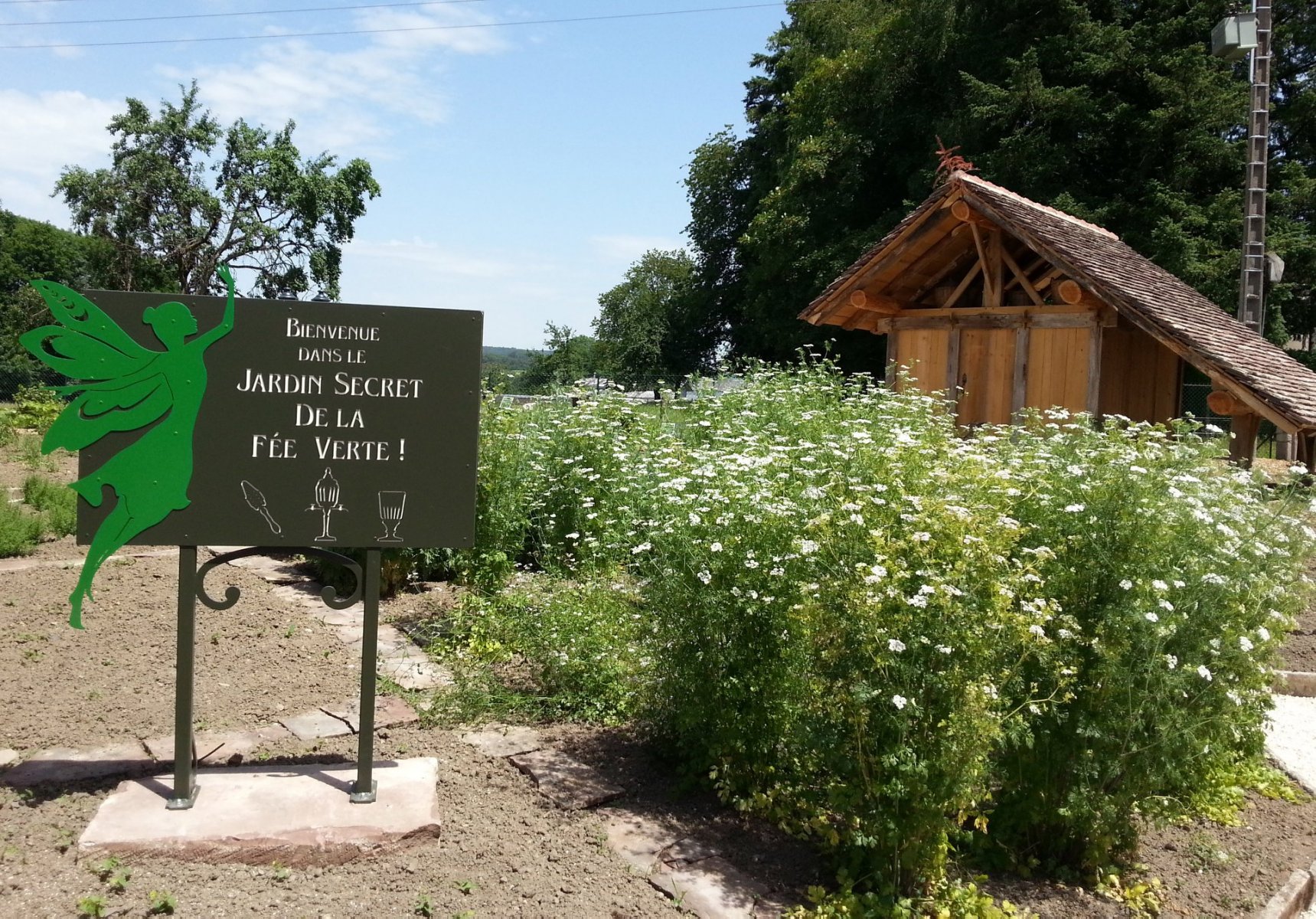

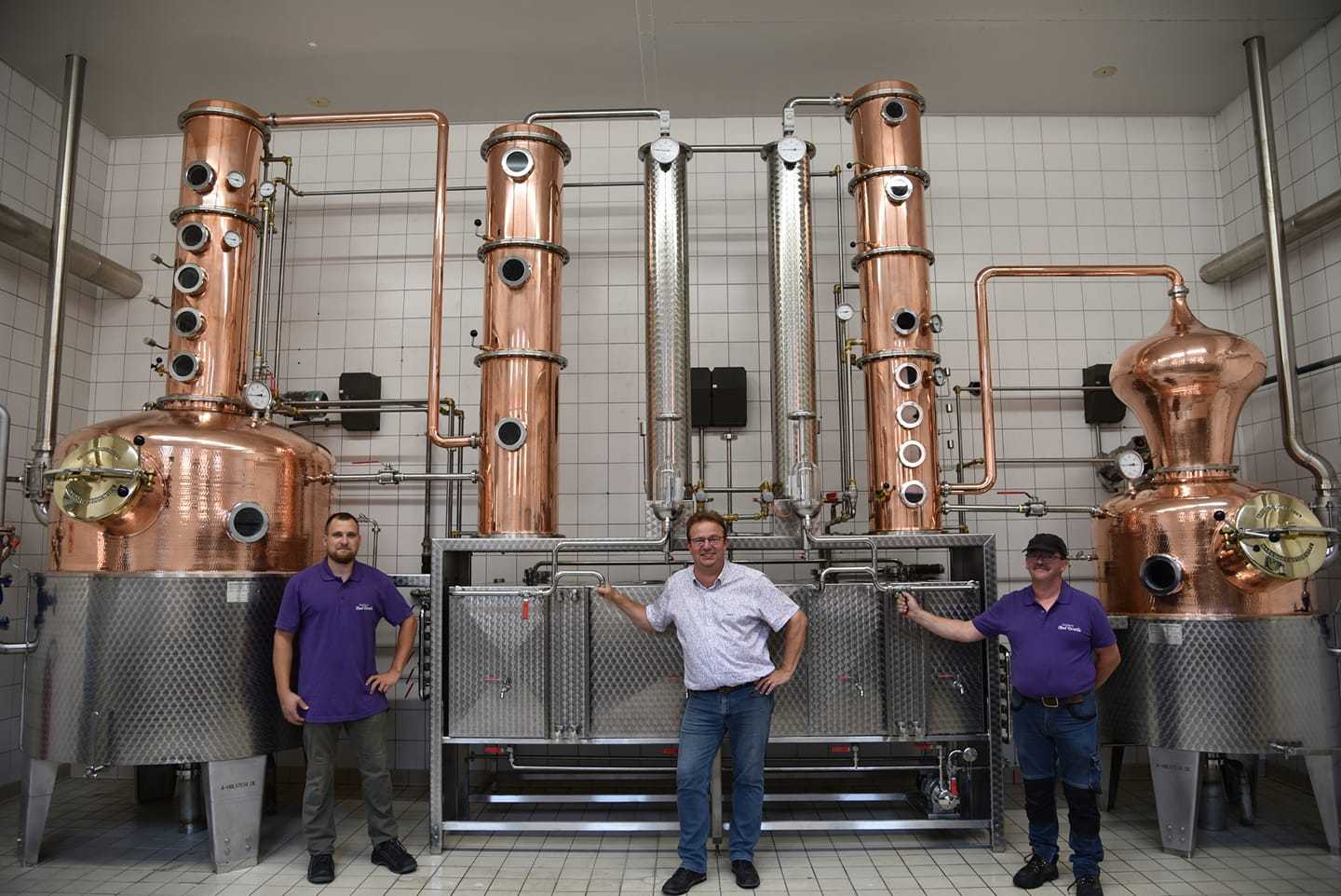
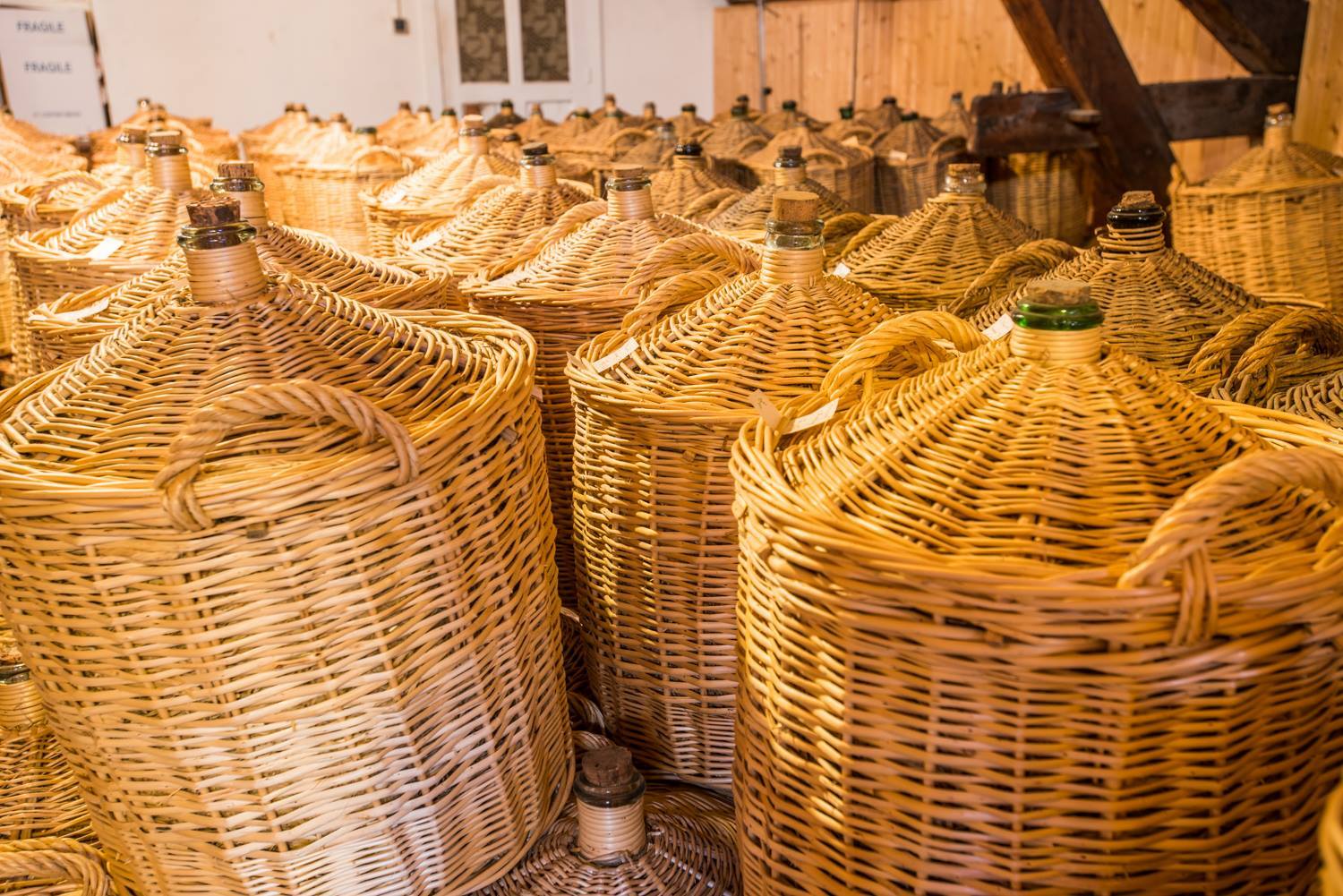
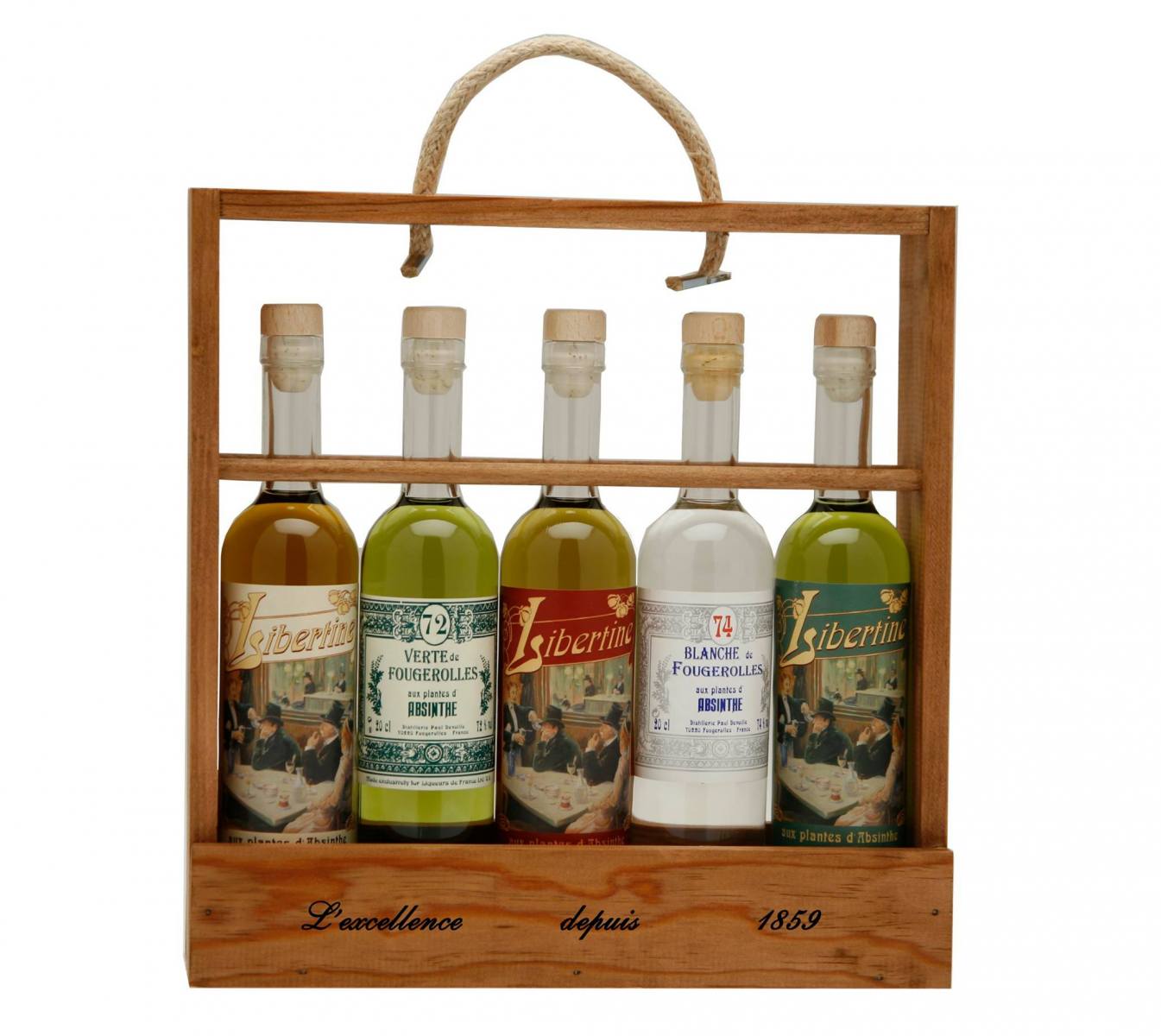
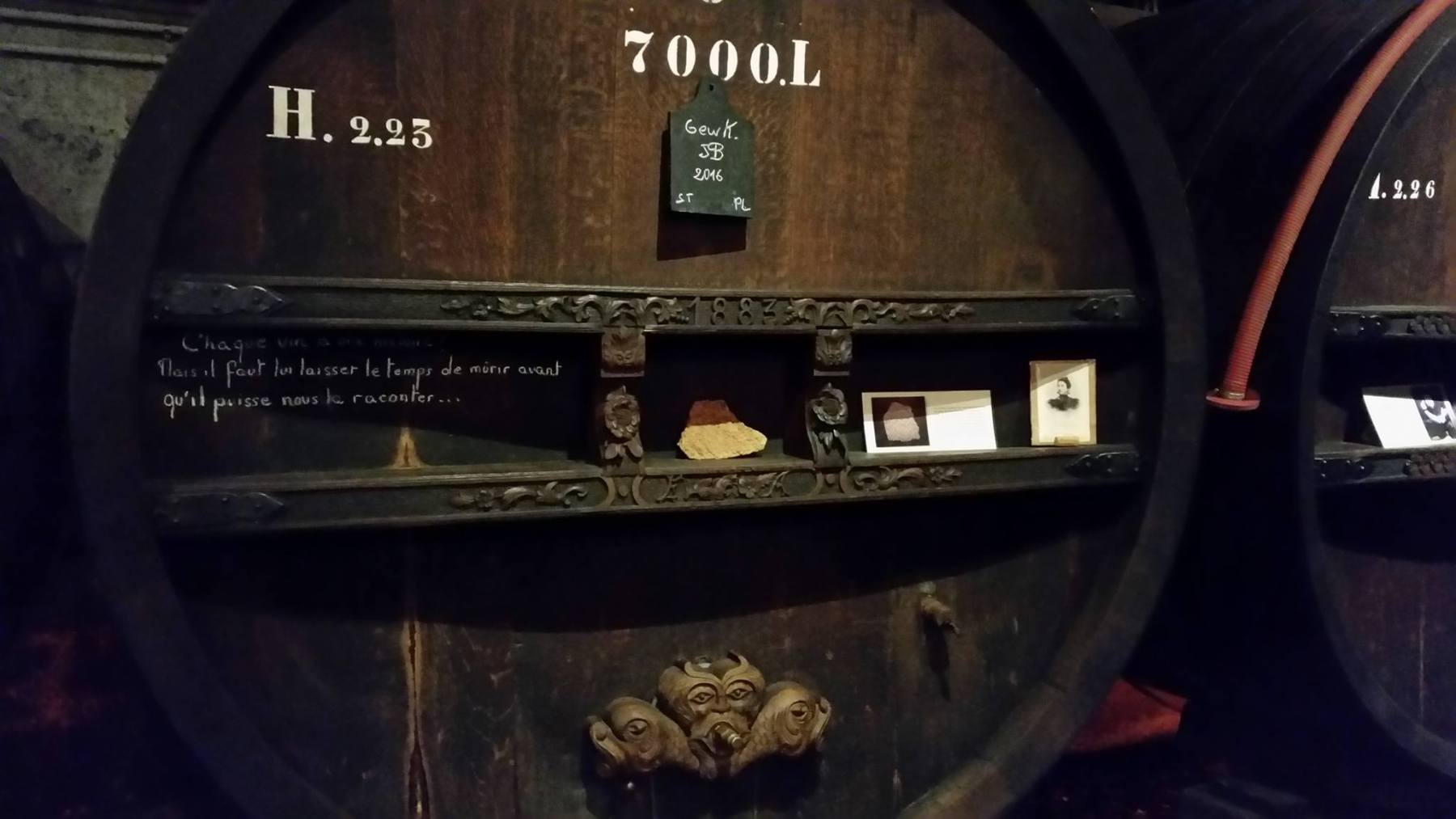
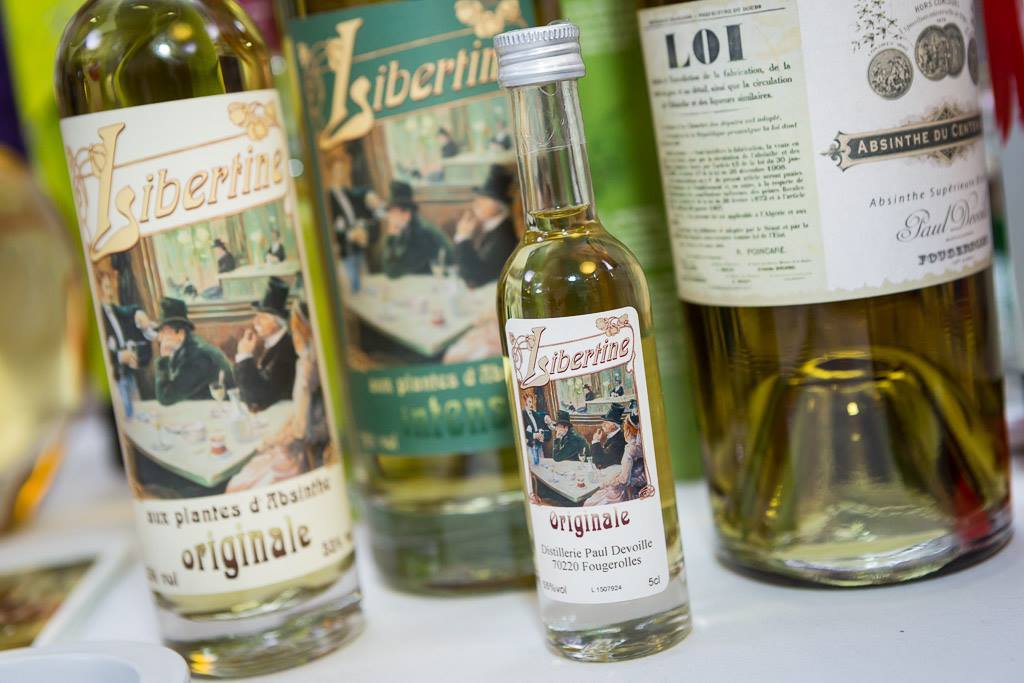
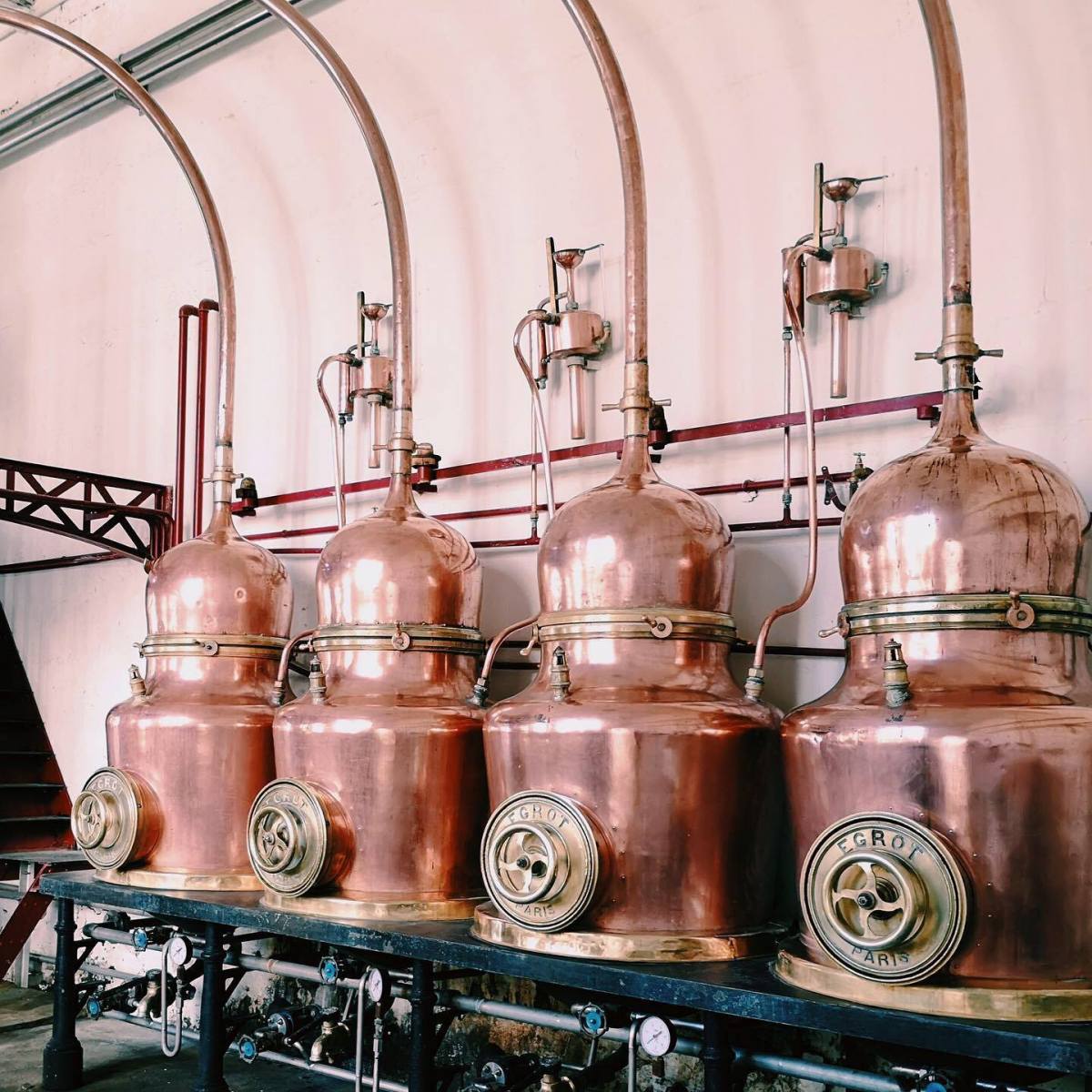
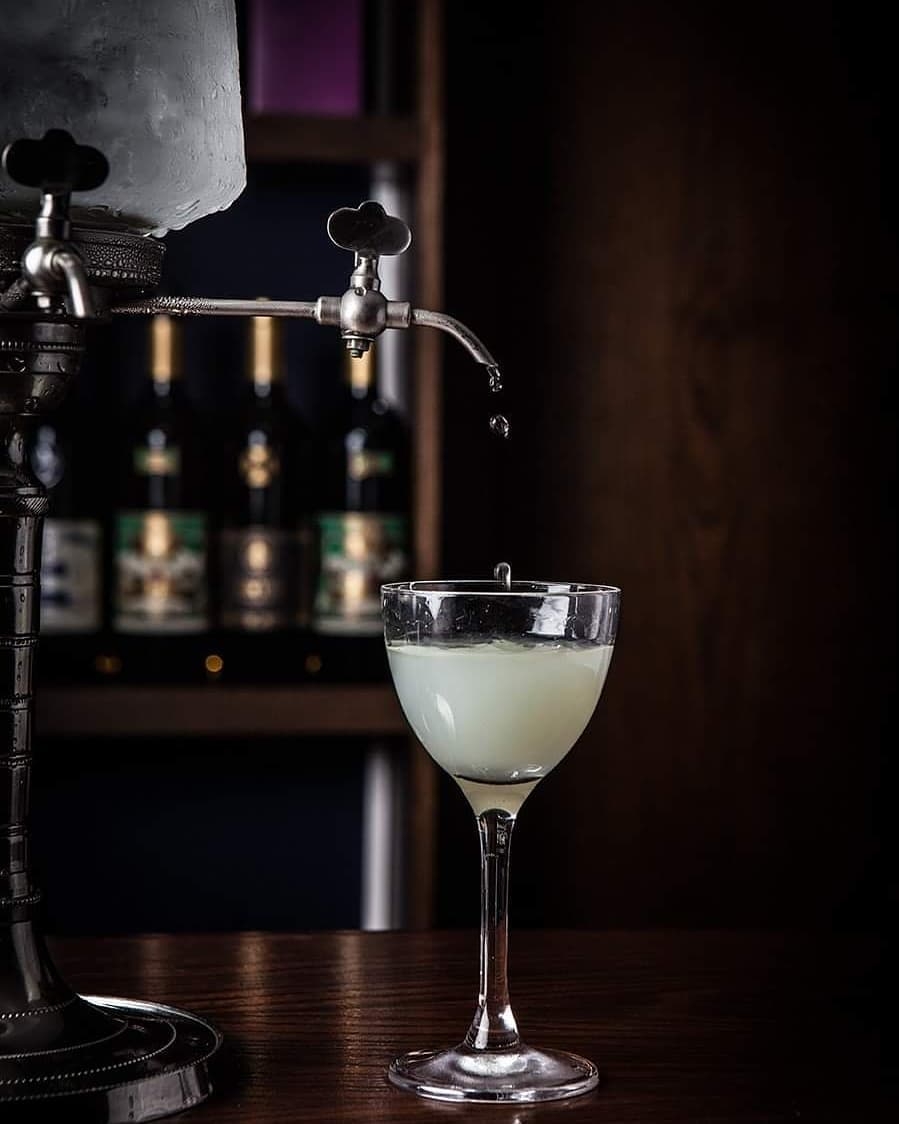
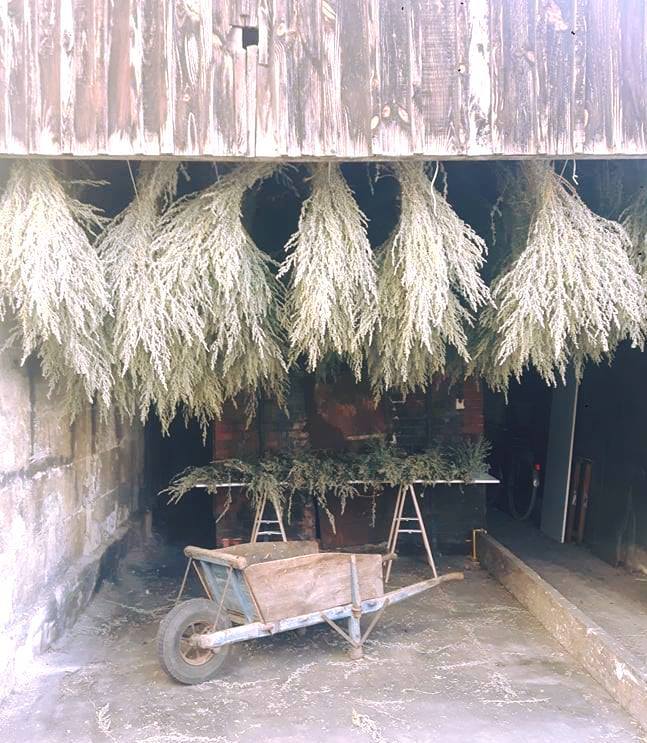
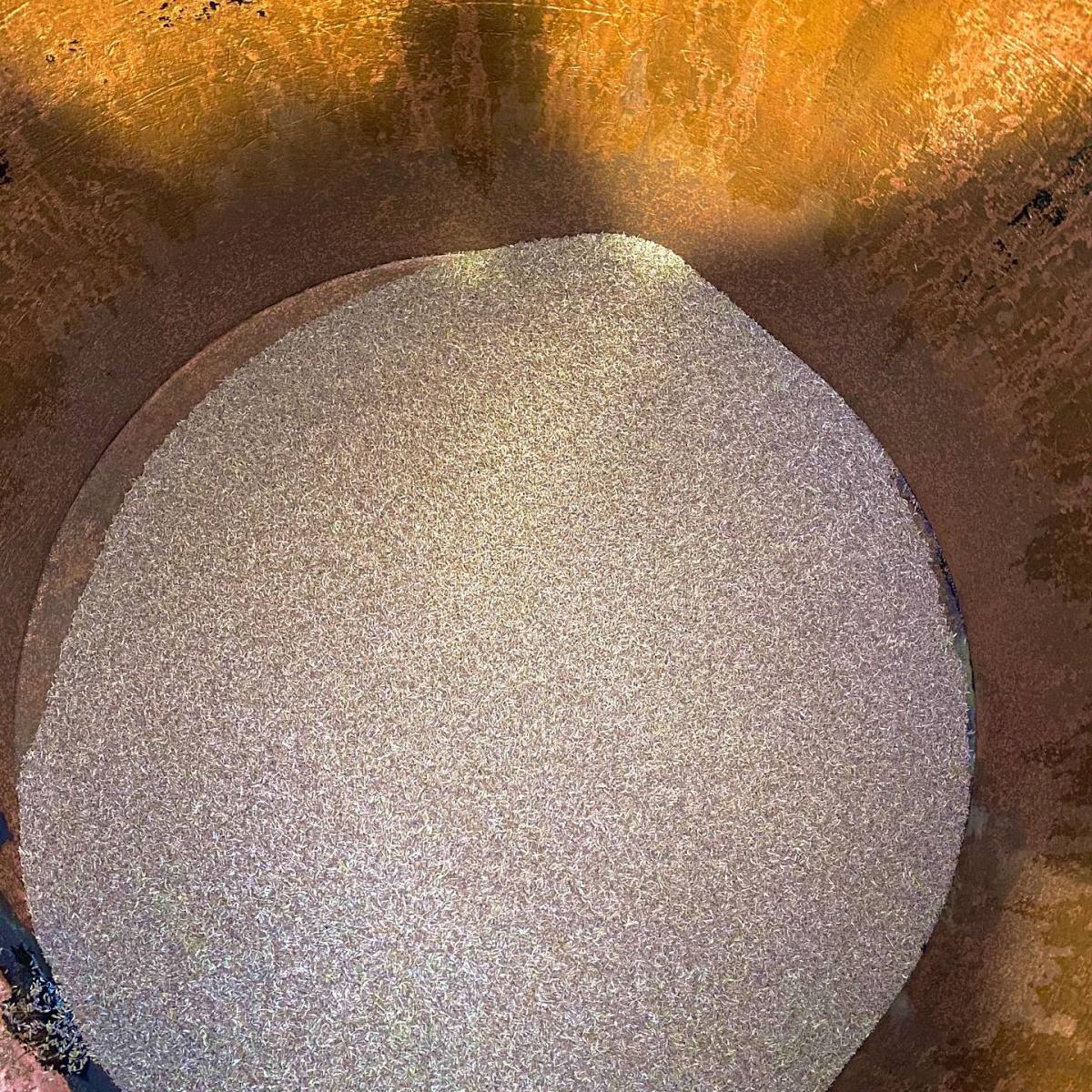
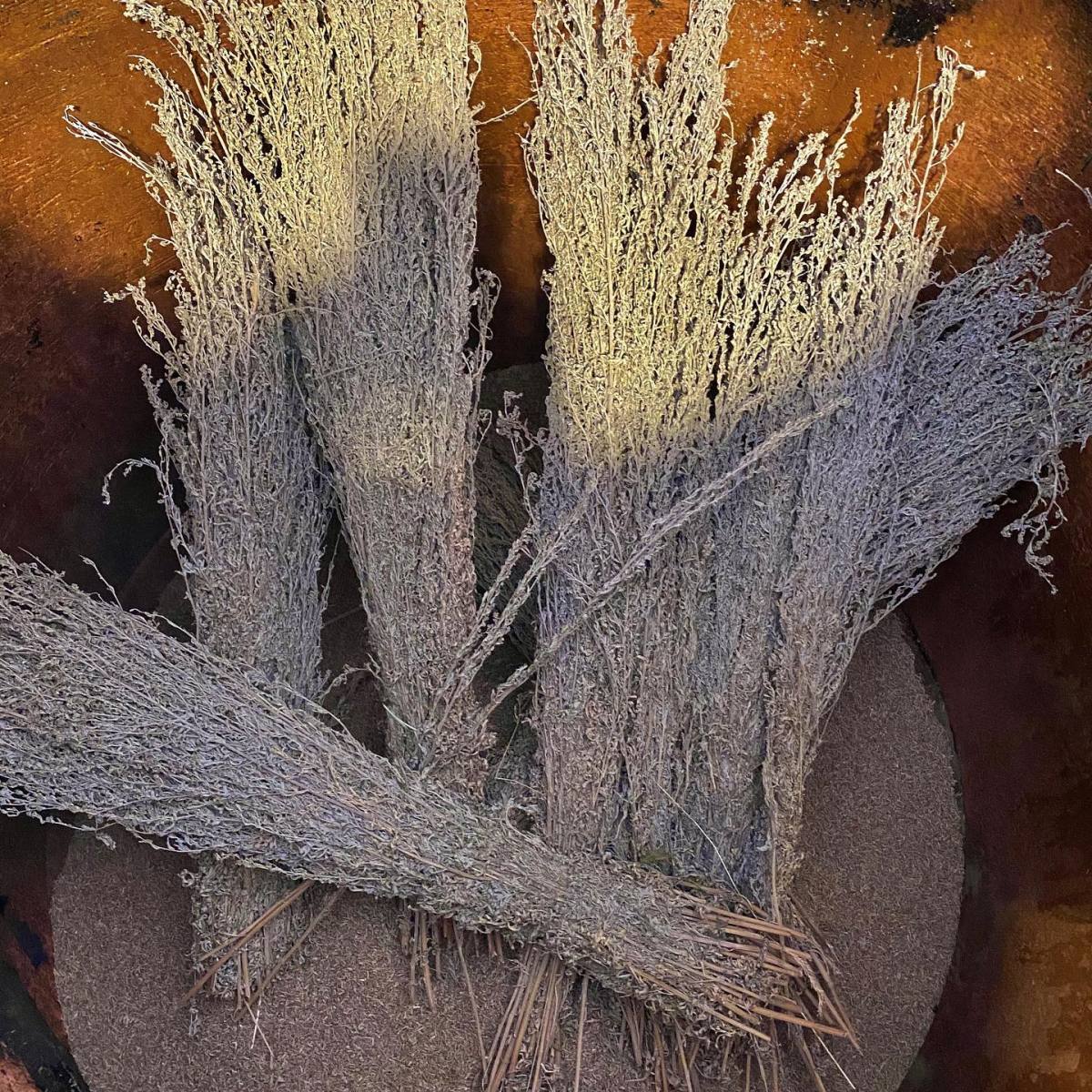
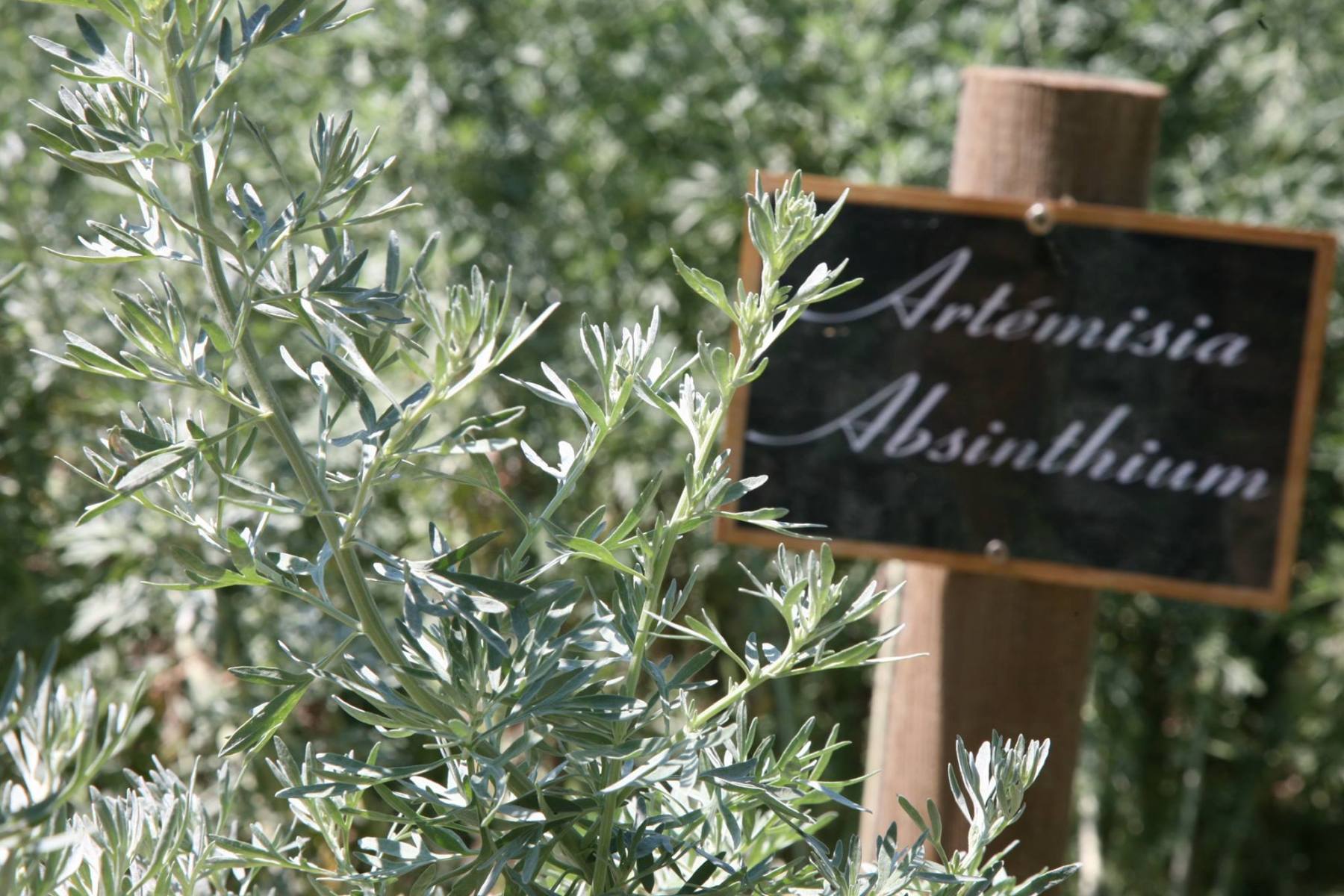
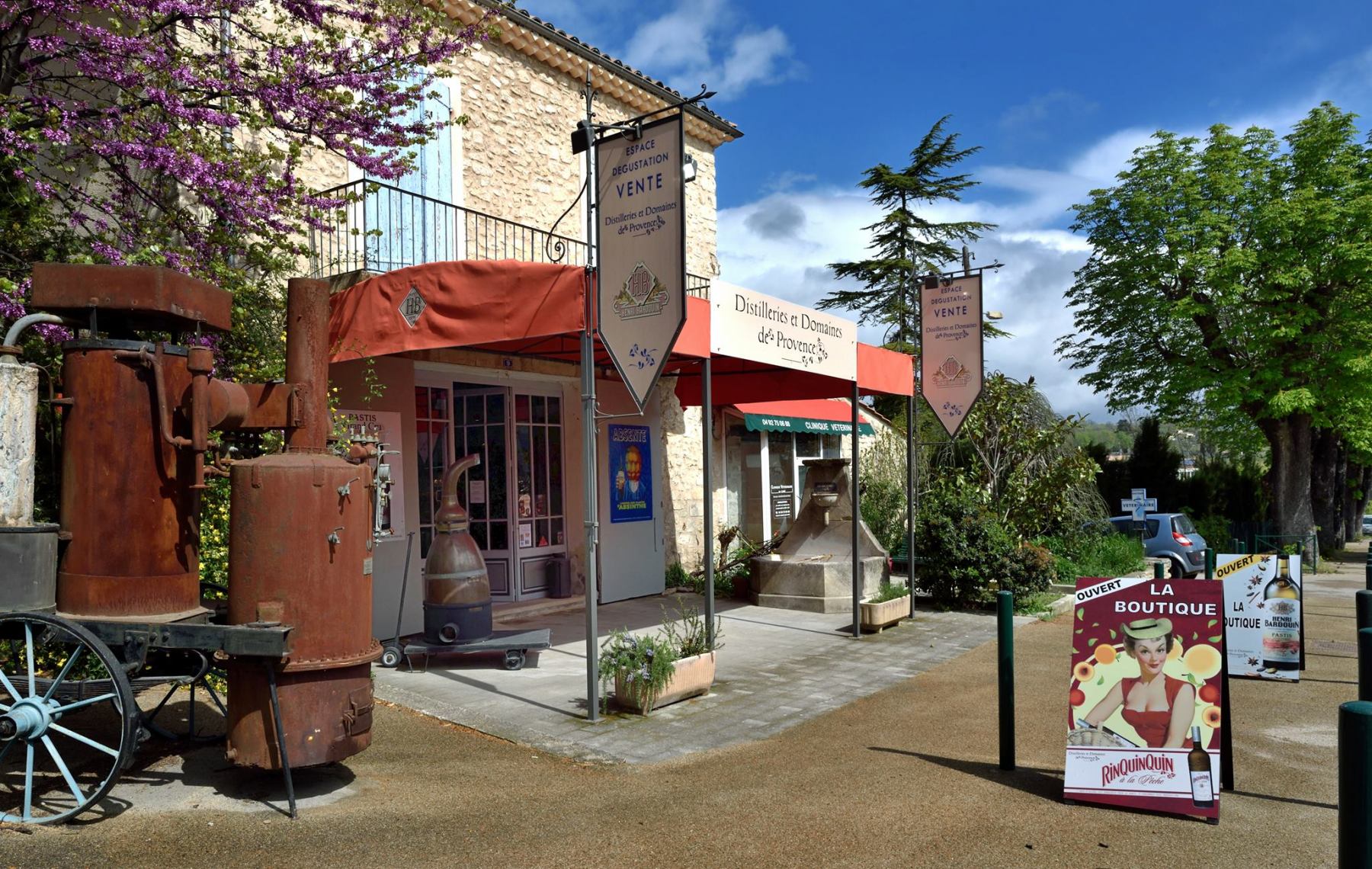
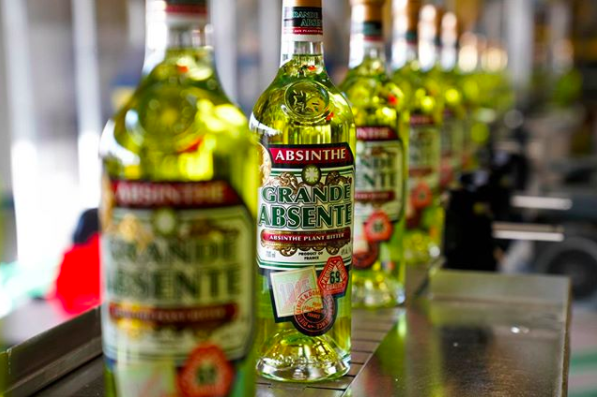
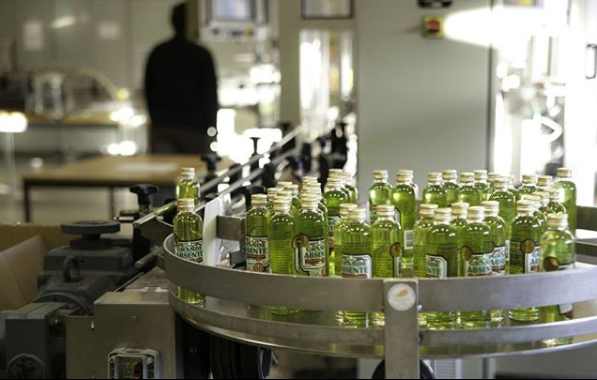

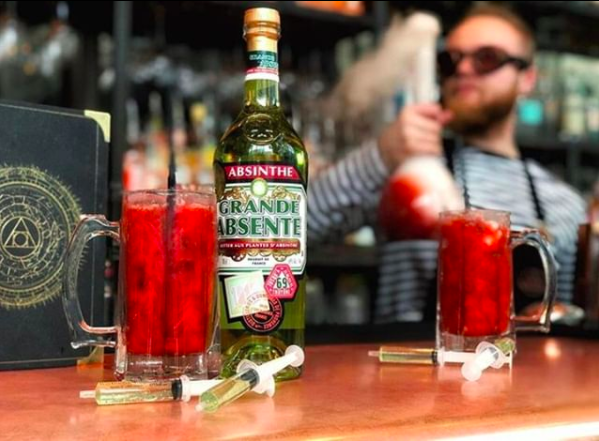


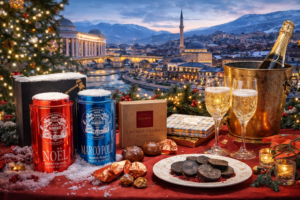


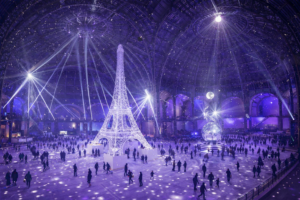
1 thought on “Tell me more about Absinthe and get some Green Fairy suggestions”